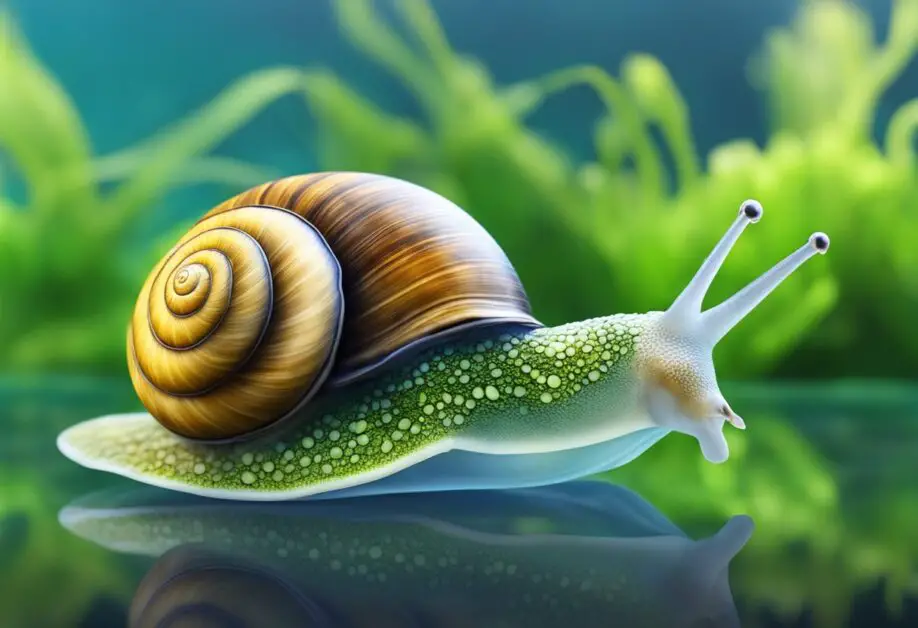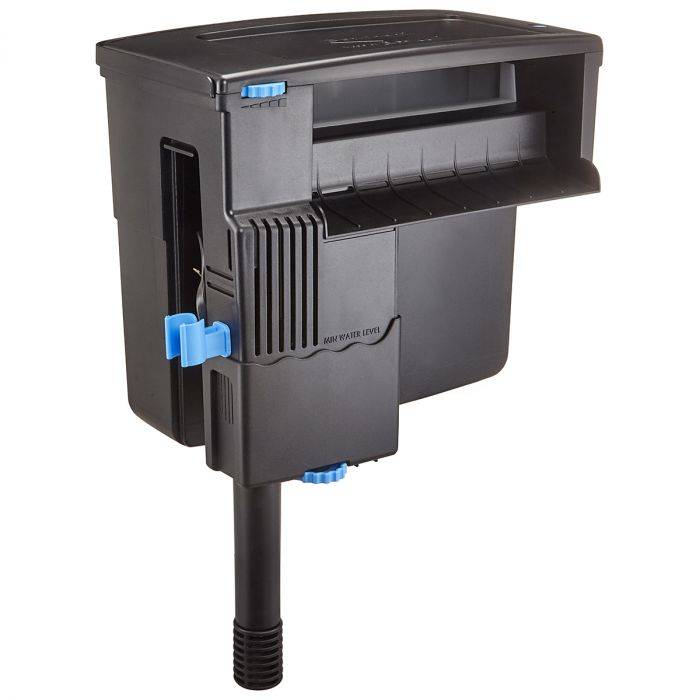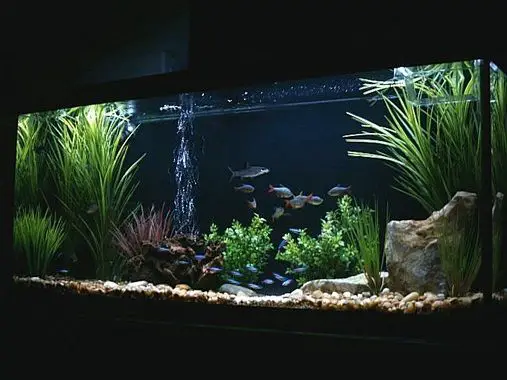Ramshorn Snail: Characteristics, Care, and Breeding
Ramshorn snails are freshwater snails that are commonly found in aquariums. They are known for their unique spiral-shaped shells that resemble a coil of rope or a ram’s horn. These snails are easy to care for and can be a great addition to any aquarium.
- Ramshorn snails are freshwater snails that are commonly found in aquariums.
- They are easy to care for and can be a great addition to any aquarium.
- In the wild, these snails play an important role in maintaining the ecosystem by feeding on algae and other debris in the water.

Ramshorn snails are native to North America and can be found in swamps, ponds, lakes, and rivers. They are often introduced to aquariums by accident, hitchhiking on live plants and rocks.
In the wild, these snails play an important role in maintaining the ecosystem by feeding on algae and other debris in the water.
If you are considering adding ramshorn snails to your aquarium, it is important to know about their basic information, life cycle, behavior, and health.
I will cover all of these topics and more to help you better understand these fascinating creatures.
Basic Information
Ramshorn snails are freshwater snails that belong to the Planorbidae family. They are popular in the aquarium trade for their attractive shells and their ability to clean up algae and other debris in tanks.
In this section, I will provide some basic information about these snails, including their scientific classification, physical characteristics, and habitat.

Scientific Classification
Ramshorn snails are classified as follows:
- Kingdom: Animalia
- Phylum: Mollusca
- Class: Gastropoda
- Order: Hygrophila
- Family: Planorbidae
- Genus: Planorbella
Physical Characteristics
Ramshorn snails have a unique appearance that makes them easily recognizable. They have a flat, spiral-shaped shell that resembles a ram’s horn, hence their name.
The color of their shell can vary from light to dark brown, and their skin can be either black or red.
These snails can grow to be up to an inch in size. They have a muscular foot that they use to move around, and they have two tentacles on their head that they use to sense their environment.
Habitat
Ramshorn snails are found in freshwater habitats throughout the world. They can be found in ponds, lakes, streams, and rivers, as well as in aquariums.
They are able to tolerate a wide range of water conditions, including temperature, pH, and hardness.
In the wild, ramshorn snails feed on algae, detritus, and other organic matter. In aquariums, they will eat leftover fish food, algae, and other debris.
It is important to only provide them with as much food as they can eat in 5 minutes to prevent overfeeding and water quality issues.
Overall, ramshorn snails are fascinating creatures that are easy to care for and make a great addition to any freshwater aquarium.
Life Cycle of Ramshorn Snail
Ramshorn snails have a complex life cycle that involves mating, egg-laying, and growth and development.
Mating Process
Ramshorn snails are hermaphrodites, meaning they have both male and female reproductive organs. During the mating process, two snails will come together and exchange sperm. After mating, the snails will go their separate ways to lay their eggs.
Egg Laying
Ramshorn snails lay their eggs in a protected area such as an aquarium or pond. The eggs are covered in protective jelly and take around three weeks to hatch into larvae. The number of eggs laid depends on the size and age of the snail. A single snail can lay up to 100 eggs at a time.
Growth and Development
Once hatched, the larvae feed on algae and other small organisms while they grow in size. After a few weeks, the larvae will develop a shell and become miniature versions of their parents. Ramshorn snails can grow up to 1 inch in size and have a lifespan of 1-2 years.
The life cycle of Ramshorn snails is fascinating and involves mating, egg-laying, and growth and development. By understanding their life cycle, we can provide better care for these critters in our aquariums and ponds.
Behavior and Habits
Ramshorn snails are fascinating creatures with unique behavior and habits. I will discuss their feeding habits, movement patterns, and social behavior.
Feeding Habits
Ramshorn snails are known for their voracious appetite for algae. They are also known to eat other debris in the tank, such as leftover fish food and dead plant matter.
In fact, they are often used as natural cleaners in aquariums because of their ability to keep the tank clean and free of algae.
Movement Patterns
Ramshorn snails are slow-moving creatures that move in a distinct spiral pattern. They use their muscular foot to glide along surfaces and can move in any direction, including upside down. They are also able to retract their bodies into their shells for protection.
Social Behavior
Ramshorn snails are not social creatures and prefer to live alone. They are not known to exhibit any specific social behaviors, although they may congregate in groups in areas with abundant food or favorable conditions.
Ramshorn snails are fascinating creatures with unique behavior and habits. They are voracious eaters of algae, move in a distinct spiral pattern, and prefer to live alone.
Ramshorn Snail in Aquariums
Ramshorn snails are a popular addition to freshwater aquariums. They are easy to care for, reproduce frequently, and play a vital role in keeping the aquarium clean.
The benefits of keeping Ramshorn snails, potential issues that may arise, and how to properly care for and maintain them in an aquarium.
Benefits
Ramshorn snails are beneficial to aquariums in several ways. They consume dead or decaying plant matter, soft algae, uneaten food, and even fallen tank mates.
This helps to keep the aquarium clean and free of debris, which can lead to harmful bacteria growth.
Ramshorn snails are a food source for many fish species, making them an excellent addition to a community tank.
Potential Issues
While Ramshorn snails are generally easy to care for, they can become a nuisance if they reproduce too quickly. If left unchecked, they can quickly overrun an aquarium and consume all available resources.
Some fish species may view Ramshorn snails as a food source and may attempt to eat them. It is important to research the compatibility of your fish species with Ramshorn snails before introducing them to your aquarium.
Care and Maintenance
Proper care and maintenance of Ramshorn snails is essential for their health and well-being. They require a well-maintained aquarium with proper filtration and water parameters.
Ramshorn snails are adaptable to a wide range of water parameters, but they prefer a temperature range of 60-80 degrees Fahrenheit and a pH range of 7.0-8.6.
To proper water parameters, Ramshorn snails require a varied diet. They will consume algae and decaying plant matter. But it is important to supplement their diet with fish flakes, pellets, bottom feeder tablets, and calcium-rich supplements to ensure healthy shell growth.
Regular monitoring of the snail population is also important to prevent overpopulation. If the population becomes too large, it may be necessary to remove some of the snails or introduce natural predators, such as clown loaches or crayfish.
Ramshorn snails are a beneficial addition to freshwater aquariums. They help to keep the aquarium clean and provide a food source for many fish species.
It is important to properly care for and maintain them to prevent overpopulation and potential issues.
Health and Diseases

As with any living creature, ramshorn snails are susceptible to a variety of health issues. It is important to keep their tank clean and maintain good water quality to prevent illnesses.
One common issue is overgrowth of their shells. This can happen if the snail is not getting enough calcium in its diet. Providing a calcium supplement or adding crushed coral to the tank can help prevent this problem.
Another issue to watch out for is parasitic infections. These can cause lethargy, loss of appetite, and other symptoms. If you notice any signs of illness in your snail, isolate it from other tank inhabitants and seek veterinary care if necessary.
Ramshorn snails can be sensitive to changes in water temperature and pH levels. Rapid changes can cause stress and lead to health problems. Monitor these factors and make gradual adjustments as needed.
By providing a healthy environment and monitoring your snail’s behavior and appearance, you can help ensure that it stays healthy and happy.
Conservation Status

The magnificent ramshorn snail (Planorbella magnifica) is an air-breathing freshwater gastropod mollusk that is currently listed as an endangered species under the Endangered Species Act (ESA) by the U.S.
Fish and Wildlife Service (FWS) [1]. This snail is an integral part of a complex food web that was historically only found in freshwater ponds in coastal North Carolina. However, it is now known from only four sites in the lower Cape Fear River Basin in southeastern North Carolina [1].
The FWS has finalized regulations under the ESA to protect the magnificent ramshorn snail from extinction. The regulations include prohibitions against certain practices that could harm the snail or its habitat, as well as requirements for federal protection and recovery actions [1].
The proposed critical habitat for the magnificent ramshorn snail includes approximately 3,600 acres in Brunswick and New Hanover counties in North Carolina [4].
The FWS is working with local partners to develop a recovery plan for the snail that includes habitat restoration, population monitoring, and public outreach [2].
The magnificent ramshorn snail faces several threats to its survival, including habitat loss, degradation, and fragmentation, as well as climate change and sea level rise [2]. The FWS is working with partners to address these threats and protect the snail and its habitat.
The magnificent ramshorn snail is an endangered species that is facing several threats to its survival. The FWS has finalized regulations and proposed critical habitat to protect the snail and is working with partners to develop a recovery plan and address threats to its survival.
Frequently Asked Questions
What are some types of Ramshorn snails?
Ramshorn snails are a type of freshwater snail that can be found in several different colors, including red, brown, and black. Some common types of Ramshorn snails include the red Ramshorn snail, the brown Ramshorn snail, and the black Ramshorn snail.
How long do Ramshorn snails typically live?
Ramshorn snails have a lifespan of around one to two years. However, their lifespan can be affected by several factors, including water quality, diet, and tank conditions.
What do Ramshorn snails eat?
Ramshorn snails are primarily algae eaters, making them a great addition to your aquarium to help keep it clean. They will also eat leftover fish food and decaying plant matter. Provide a balanced diet for your Ramshorn snails to ensure their health and longevity.
Are Ramshorn snails beneficial to an aquarium?
Yes, Ramshorn snails can be beneficial to an aquarium. They help to keep the tank clean by eating algae and decaying plant matter. They can serve as a food source for other fish in the tank.
Do Ramshorn snails reproduce quickly?
Yes, Ramshorn snails reproduce quickly and can quickly overpopulate a tank if not kept in check. They are hermaphrodites, which means they have both male and female reproductive organs, so they can reproduce without a mate.
Can Ramshorn snails be harmful to fish in a tank?
Ramshorn snails are generally not harmful to fish in a tank. However, if their population grows too large, they can compete with fish for food and resources.
Some species of snails can carry parasites that can harm fish, so it’s important to monitor your tank and keep it clean to prevent any potential issues.






